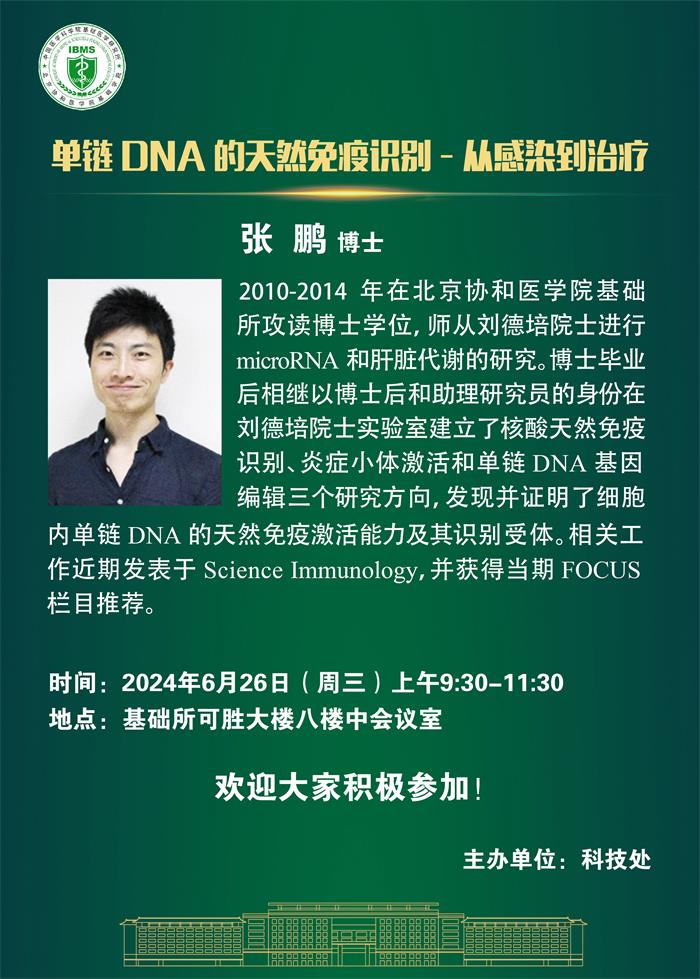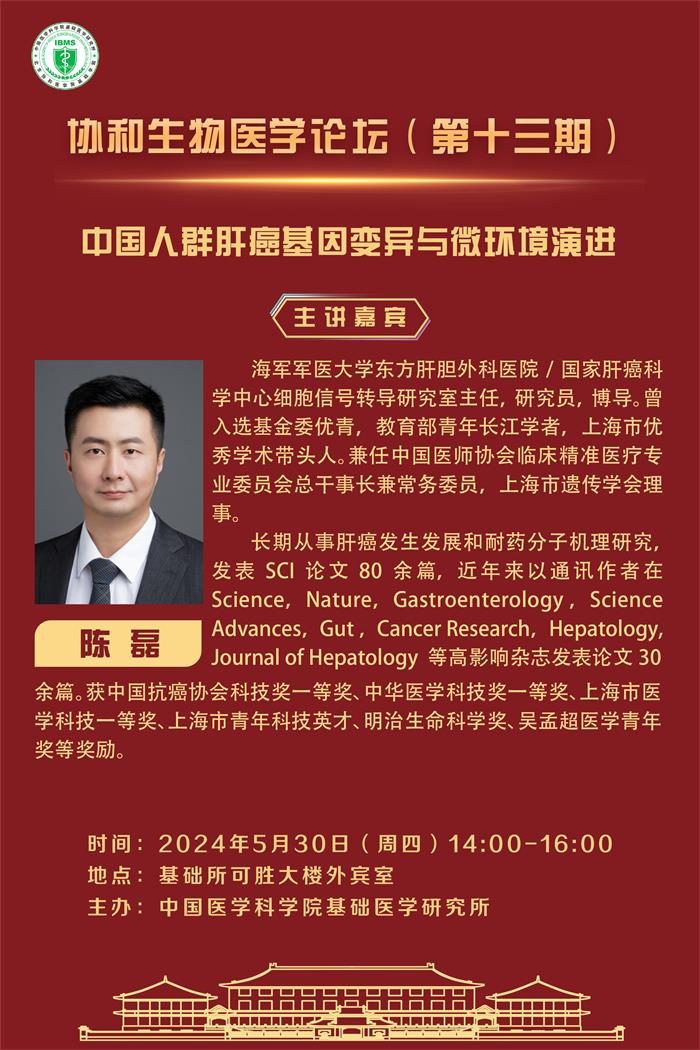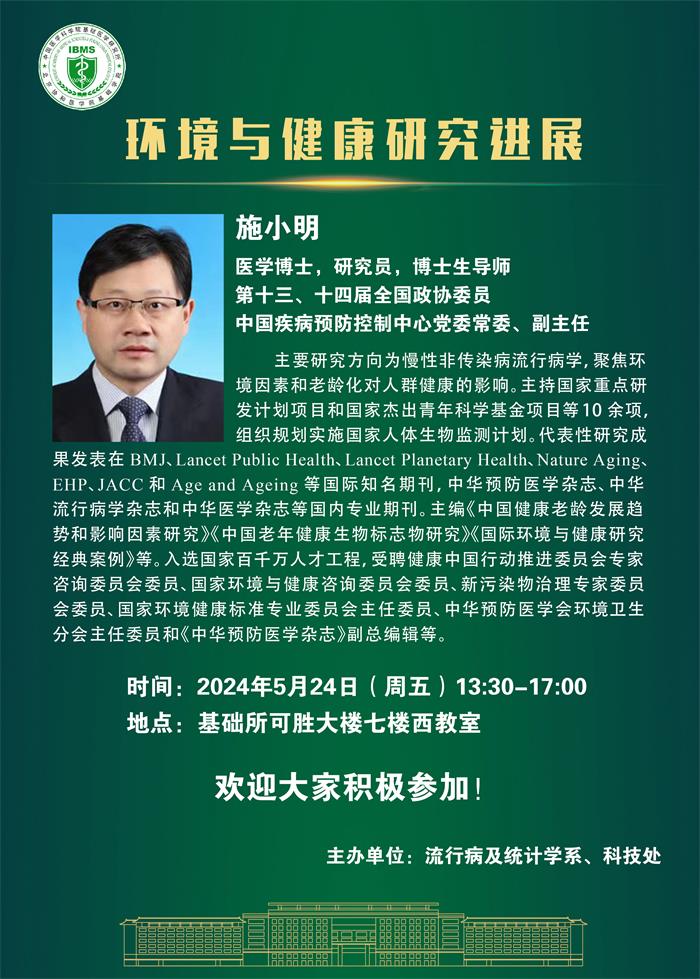STAT3/p53 pathway activation disrupts IFN-β-induced dormancy in tumor-repopulating cells.
Liu Y1,2, Lv J1, Liu J1, Liang X1, Jin X1,
Xie J1, Zhang L1, Chen D1, Fiskesund R1,3,4, Tang K5, Ma J5, Zhang H5, Dong W1,
Mo S1, Zhang T1, Cheng F1, Zhou Y1, Jia Q6, Zhu B6, Kong Y7, Guo J7, Zhang H8,
Hu ZW9, Cao X1, Qin FX10, Huang B1,2,5.
J
Clin Invest. 2018 Feb 12. pii: 96329. doi: 10.1172/JCI96329.
PMID: 29431732
Abstract
Dynamic interaction with the immune system profoundly regulates tumor cell dormancy. However, it is unclear how immunological cues trigger cancer cell-intrinsic signaling pathways for entering into dormancy. Here, we show that IFN-β treatment induced tumor-repopulating cells (TRC) to enter dormancy through an indolamine 2,3-dioxygenase/kynurenine/aryl hydrocarbon receptor/p27-dependent (IDO/Kyn/AhR/p27-dependent) pathway. Strategies to block this metabolic circuitry did not relieve dormancy, but led to apoptosis of dormant TRCs in murine and human melanoma models. Specifically, blocking AhR redirected IFN-β signaling to STAT3 phosphorylation through both tyrosine and serine sites, which subsequently facilitated STAT3 nuclear translocation and subsequent binding to the p53 promoter in the nucleus. Upregulation of p53 in turn disrupted the pentose phosphate pathway, leading to excessive ROS production and dormant TRC death. Additionally, in melanoma patients, high expression of IFN-β correlated with tumor cell dormancy. Identification of this mechanism for controlling TRC dormancy by IFN-β provides deeper insights into cancer-immune interaction and potential new cancer immunotherapeutic modalities.





